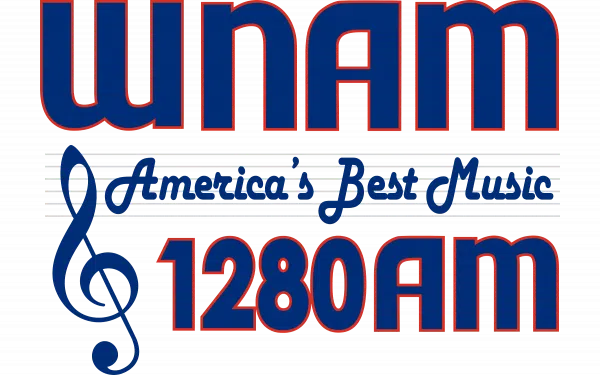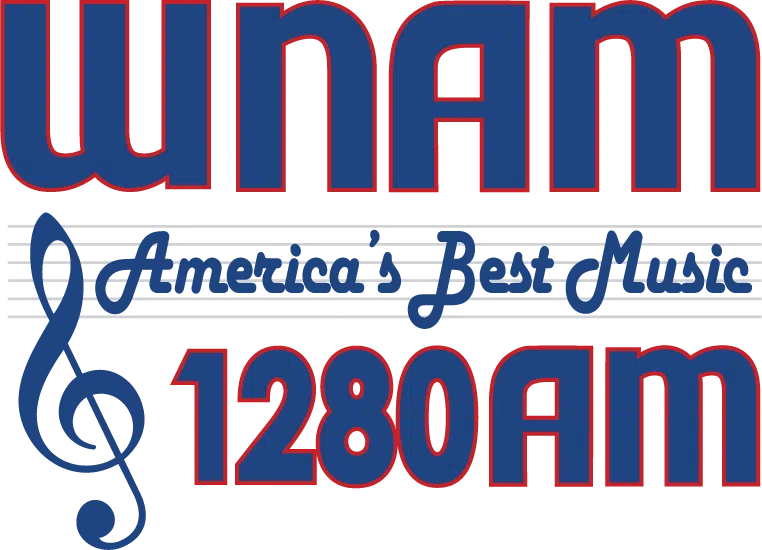GREEN BAY, Wis. (WFRV) – Green Bay’s Board of Education approved the district’s 2025-2026 budget, which does include a $3.5 million deficit.
District officials said several factors have contributed to the deficit, including declining enrollment (funding is based on the number of students a district has) and state and federal funding not keeping pace with inflation.
GBAP’s Chief Financial Officer, Angie Roble, said they are using the district’s fund balance to address the $3.5 million deficit in this year’s budget. The fund balance is the district’s built-up equity that they can use to plug holes in the budget.
Green Bay couple acquires Lindeman’s Cleaning, launches Martinizing Cleaners franchise
Roble and Board of Education president James Lyerly stressed that using the fund balance in this way isn’t something they can responsibly do every year. Local Five News asked Roble what the district is doing to avoid running into deficits in the future.
“Align our staffing with our declining enrollment through attrition, consolidating schools, three schools last year and three more next year,” Roble said. “We also have a $16.5 million operational referendum that will be falling off in a couple years so we will be coming back to the community (to ask them to pass another referendum).
The district’s 2025-2026 budget is $564.9 million. For more information about the budget, please click here.
“We’re very fiscally responsible, we’ve always been a conservatively spending district,” Roble said. “We will continue to be good stewards for taxpayer money.”
Three community members spoke up to tell the Board of Education what they would like the district to prioritize in its budgeting process.
“If we truly value our students, our dollars should prove that,” said community advocate Damien Doran. “That means investing in mentorship, mental health, creative arts, and leadership development.”
One student said he’d like to see more funding opportunities for less mainstream clubs and sports that the district offers. He said it’s unfair that sports like basketball and football get so much attention.
“Preble e-sports, two classrooms, no equipment except school equipment used on the daily,” said Preble High School student Jackson DeGrave. “No budget for equipment, no salary or transportation budget, does that sound like equality?”
The budget was one of two topics that dominated discussion on Monday night at the district’s board meeting. The other was a potential revision of the daily bell schedule at the district’s high schools.
The changes could impact the length of the students’ classes, lunches, and advisory periods.
Principals from all four high schools were at the Board of Education meeting to provide board members insight into how schedule changes could impact students and staff members at their schools.
The principals stressed the importance of the advisory periods when students get social-emotional learning, career exploration, and future planning opportunities. They said that if district staff shortens the length of the advisory periods, it would likely limit their effectiveness even if it were only by five minutes.
Others at the meeting had concerns about shortening students’ lunch periods, saying that this is an important time for students when they can unwind and socialize with their friends. Most students at the high schools have an open lunch option, meaning they can go outside or off-campus during their lunch period.
Some people at the meeting said they worry that if the lunch period is too short, there wouldn’t be time for students to have the option to go off campus for lunch.
“(I don’t like) what we’ve done to kids today with this motion, to kids who have done nothing wrong,” said Board of Education member Andrew Becker. “To kids who have never once been tardy, we’re cutting their lunch by 13 minutes. This is the most disappointed I’ve been in the school board in years.”
Becker made a motion asking that, whatever is done to change the bell schedule at the high schools, lunch must be at least 40 minutes long. That motion didn’t pass.
Instead, board trustees passed a motion simply asking that the district implement a consistent daily schedule across all four high schools by the start of the 2026-27 school year.
DNR warns of elevated fire danger as dry fall conditions persist across Wisconsin
This motion gives district staff the responsibility to determine what that schedule would ultimately look like. There would likely need to be changes to the length of all or some of the class periods, lunch periods, and advisory periods to make this happen.
“We have data from a lot of the surrounding districts that we are an anomaly, in that we give much more time to students for the lunch period,” said Board of Education president James Lyerly. “I know it’s important for students to have that time to reset and I think we can manage that.”
For more about the potential schedule change at the high schools, please click here.










